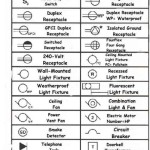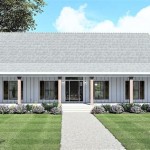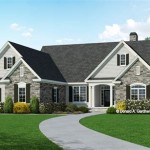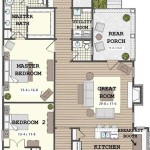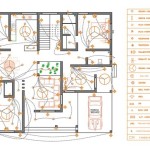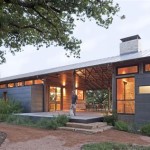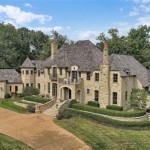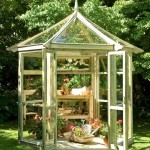Zimbabwe Rural Home Plans: Essential Aspects to Consider
Designing a rural home in Zimbabwe requires careful consideration of various factors to ensure functionality, comfort, and sustainability. Here are some essential aspects that should be addressed in Zimbabwean rural home plans:
1. Climate and Location: Rural Zimbabwe experiences diverse climatic conditions, from arid to tropical. Home plans should account for these variations, incorporating appropriate building materials and design features. For example, homes in drier regions may require thicker walls and smaller windows to retain heat, while those in humid areas may benefit from ample ventilation and screened windows to prevent excessive moisture.
2. Building Materials: Rural homes in Zimbabwe often utilize locally available and sustainable materials. Mud bricks, thatched roofing, and timber are popular choices due to their affordability and environmental friendliness. However, modern materials, such as concrete blocks and metal roofing, can also be incorporated to enhance durability and energy efficiency.
3. Layout and Functionality: Traditional Zimbabwean rural homes typically feature a central courtyard with surrounding structures. This layout provides privacy, natural light, and ventilation. Modern plans may adapt this concept while incorporating more contemporary design elements. Essential spaces include bedrooms, a kitchen, a living room, and a bathroom. Storage areas for food and other necessities should also be considered.
4. Water and Sanitation: Access to clean water and proper sanitation is crucial for rural homes. Plans should include provisions for rainwater harvesting, boreholes, or other water sources. Sanitation facilities, such as pit latrines or septic tanks, should be designed to meet hygiene and environmental standards.
5. Energy Efficiency: Zimbabwe faces challenges with energy supply, particularly in rural areas. Home plans should prioritize energy efficiency measures, such as solar heating, natural lighting, and insulation. Energy-efficient appliances and lighting can also contribute to reducing energy consumption.
6. Expandability and Future Needs: Rural homes often evolve and expand over time as families grow and needs change. Plans should incorporate flexibility and expandability to accommodate future modifications. This can involve designing modular structures that allow for easy additions, or providing space for future extensions.
7. Cultural Considerations: Respecting local traditions and cultural norms is essential when designing rural homes in Zimbabwe. Plans should incorporate elements that reflect the community's aesthetic preferences, while ensuring the home meets functional and sustainability requirements. This may include traditional architectural styles, or the use of specific materials and colors.
8. Economic Feasibility: The cost of building a rural home in Zimbabwe should be carefully considered. Plans should be tailored to fit the budget of prospective homeowners, while balancing quality, sustainability, and durability. Exploring cost-effective building techniques, using local materials, and seeking government or community support can help reduce expenses.
Conclusion
Creating comprehensive and well-rounded Zimbabwe rural home plans requires a holistic approach that considers climate, local resources, cultural traditions, and economic feasibility. By incorporating these essential aspects, homeowners can design comfortable, sustainable, and culturally appropriate homes that meet their unique needs and aspirations.

Rural House Plans Zimbabwe

Zimbabwe Rebuilds Rural Homes To Withstand Climate Changes

A Rural Home Design In Zimbabwe You Need To See

Rural House Plans Zimbabwe

Zimruralbuildingiidea Zimrural S With High Adekunle Gold Davido Tiktok

Amazing Rural Homes In Zimbabwe You Need To See

House Plan Design Tour 3 Bedroom Village Home To Be Built In Zimbabwe Simple

National Building Society Nbs Communities In Zimbabwe

3 Bedroom Cottage House Plan Roof Palmer Construction Zimbabwe

Beautiful Rural Homes In Zimbabwe You Must See

